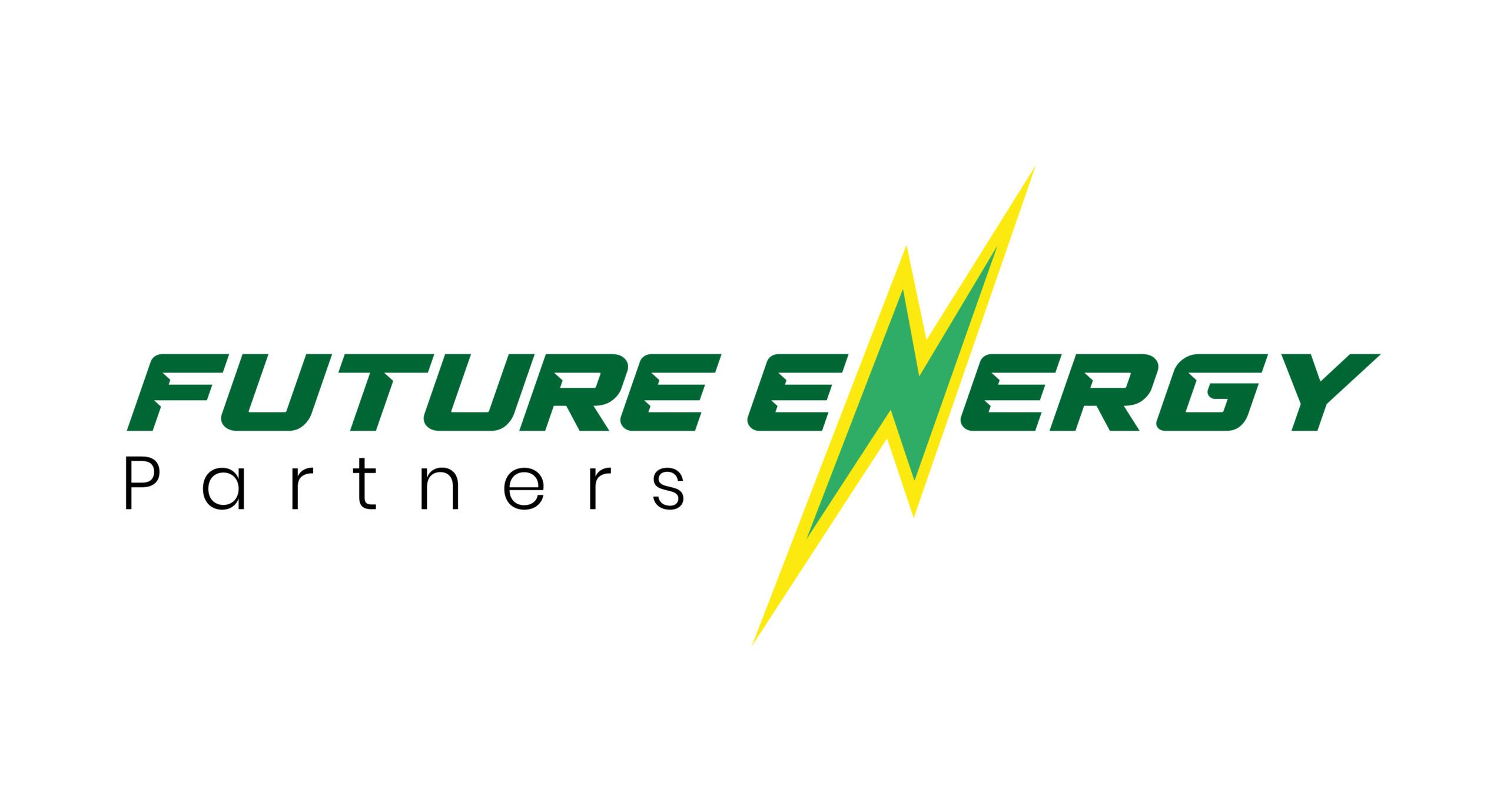Electrification of offshore installations
- 29 January 2021
- Posted by: Future Energy
- Category: Energy


For anyone not familiar with the Oil and Gas sector, typically the power required to drive pumps, compressors, heaters, fans and of course lighting and other domestic consumers comes from onboard electrical generators. These generators are generally powered by turbines (fuelled from associated gas production wells) or diesel engines fuelled by diesel which is brought out to the offshore facilities by supply boat.
This method of providing offshore electrical power close to the point of use, although very convenient for users, creates significant emissions of CO2, NOx and SOx, so called greenhouse gas emissions.
In addition to the carbon footprint associated with the burning of fuel, there is also a significant maintenance burden associated with gas turbines and diesel engines.
Electrification is a process of reducing the reliance on non-clean electricity generated offshore by replacing it with renewables generated electricity.
This appears a simple concept, but the reality of delivering this change involves overcoming many technical challenges.
The first electrification project of an offshore platform in the UK was undertaken in the mid ‘80s, when the Beatrice Complex in the Inner Moray Firth, (figure 1 below), was modified to accept electrical power from the UK transmission grid. As fuel gas from the reservoirs declined and electrical demand to power Electrical Submersible Pumps for production increased there was a requirement for electrical power to come from a source other than the onboard Gas Turbine driven generators.


Given the relatively short distance from the shore of the platforms, this should not have proven to be much have a challenge. However, the platforms’ ac power systems frequency was entirely 60Hz as was the norm in the early days of UK offshore platforms. The Transmission systems in the UK and Continental Europe run at frequency of 50Hz.
The solution was to run a 33kV cable from a substation onshore to the Beatrice “A”. A power conversion module comprising a 33kV / 11kV transformer and a 50Hz / 60 Hz rotational frequency converter was installed on the platform allowing replacement of several of the original Gas Turbine generators.
So, what’s a rotational frequency converter? In the Beatrice case a 50Hz rated motor was run from power from the UK grid system which was then mechanically connected via a gearbox which increased the speed by 120% to enable a generator to be driven and generate at 60Hz. Otherwise known as a Motor / Generator set (or MG), this technology had been used in industry previously but not in an offshore environment. The platform ran in this configuration until around 2006.
In 2001 / 2002, BP flirted with the idea of bringing Green Hydro derived electric power from Norway to a UK Hub. This is around the time when, what is now the Beatrice Windfarm was in its infancy and its potential size, as available Wind Turbine technology, became more powerful and more viable for deepwater installation, was only just becoming clear (See Figure 2 Below).


One thing was missing; a testing ground, to explore deep water installation methodologies and proving that the wind turbines themselves could be marinized to withstand the salt laden atmosphere associated with being installed out at sea. The other challenge was where the power could be used as it was not possible commercially to take the power onshore at that time.
So again, Beatrice became a pioneer and its power system was again subjected to significant modifications in order to bring onboard power from two demonstrator units that can still be seen from the Caithness coast in North East Scotland. 33kV switches were installed to control input of power to the platform and a cable was brought from both wind turbines on board Beatrice “A”.
There were other modifications made to the 11kV system to allow efficiency savings by allowing some of the onboard systems capable of being powered by 50Hz frequency to do so by by-passing the rotational frequency changer. This made significant savings to the overall power demand of the complex.
What does electrification mean for the future of offshore facilities? The options are reasonably limited, but all will depend on subsea cable installation. There is unlikely to be a one size fits all solution as proximity to onshore grid or other “clean” power source is just one factor that determines the feasible solutions.
Future Energy Partners provides clean energy options and practical solutions for clients. We pride ourselves in being a consultancy that is dedicated to bringing the supply of energy that is required in today’s modern world in a responsible and professional manner, with due recognition of the global challenges facing society and a detailed understanding of the business imperatives.
Alan Dalglish is a graduate of University of Strathclyde where he studied Electrical and Electronic Engineering. After beginning his career in Power System Analysis, Alan spent time in Power Station design before moving into the international oil and gas market where he has been involved in EPC relationships on both client and contractor side. He is now firmly committed to supporting energy transition as focus turns to energy storage, hydrogen and other technologies.
We are grateful to Future Energy Partner for helping us though the ISO certification process. The implementation of ISO standards is what differentiates as a company from our competitors and demonstrates our commitment to Occupational Health and Safety Management.


Leave a Reply Cancel reply
You must be logged in to post a comment.
